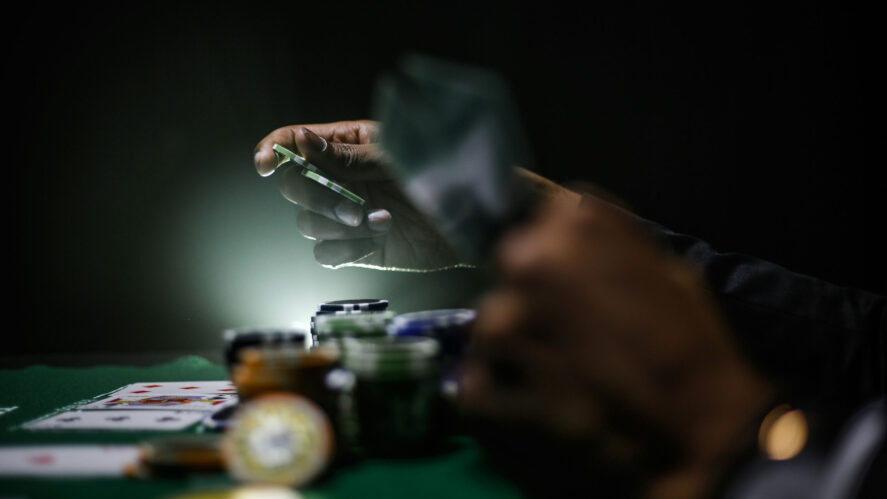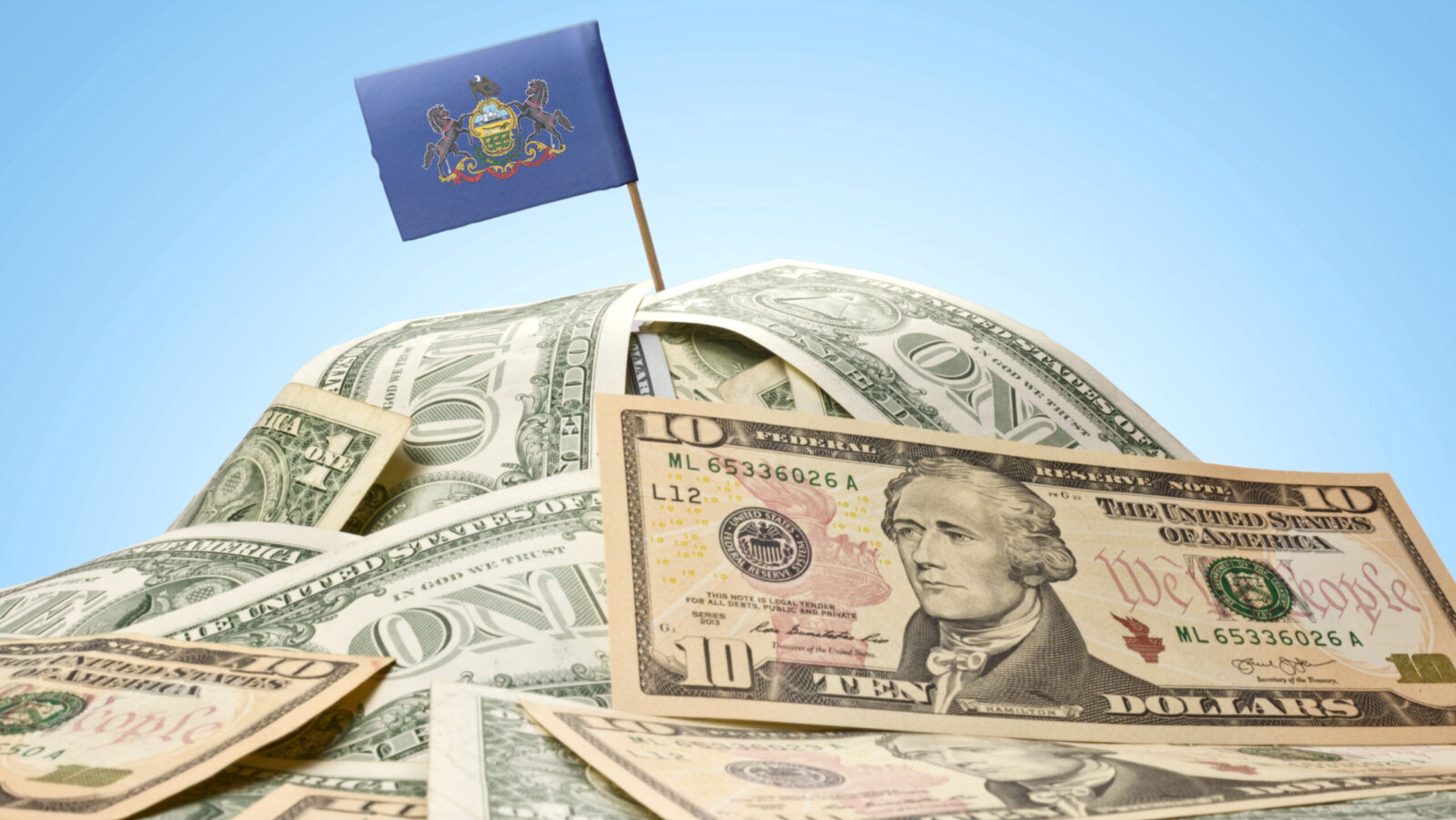Light & Wonder Sees Q1 Revenue Up 13%, Powered By SciPlay
Gaming, iGaming, and social gaming all saw double-digit revenue growth year over year.
2 min

Light & Wonder Inc.’s first-quarter jumped 13% from last year to $756 million, with revenue up by double-digit percentage points in each of its gaming, SciPlay social gaming, and iGaming units, the company announced Wednesday.
Net income also rose to $82 million from $27 million in the first quarter last year. Light & Wonder’s gaming revenue rose 14% to $476 million over last year’s first quarter, which the company attributes to growing sales of gambling machines. Revenue from SciPlay also rose 11% to $206 million in the first quarter, and iGaming revenue leaped 14% to $74 million.
“We remain on a healthy growth trajectory with six consecutive quarters of double-digit revenue growth across Gaming, SciPlay and iGaming, a testament to the power of our R&D engine, as we continue to deploy engaging content enjoyed by players across all of our platforms,” said chief financial officer Oliver Chow in a statement.
The recent U.S. launch of Dragon Train slot machines—already Light & Wonder’s biggest seller in Australia—helped contribute to gaming revenue growth, and other machines in the pipeline for this year should also do well, said CEO Matt Wilson.
“I think the contribution across the breadth of products including Dragon Train really sets us up for a great year in 2024,” he said in a Wednesday earnings call. “I think you can expect a material pickup in installs throughout the remainder of the year.”
Train on tracks
Rival Aristocrat Technologies Inc. brought suit against Light & Wonder over Dragon Train in February, alleging trade secret misappropriation and copyright infringement related to Aristocrat’s Dragon Link games. Light & Wonder has denied the allegations and filed to dismiss the action.
“We are currently unable to determine the likelihood of an outcome or estimate a range of reasonably possible losses, if any,” Light & Wonder said in its Wednesday quarterly report. “We believe that the claims in the lawsuit are without merit, and intend to vigorously defend against them.”
Popular games—including Jackpot Party Casino, Quick Hit Slots and Gold Fish Casino—also spurred growth in the SciPlay social gaming unit.
“We continue to gain share in a stabilizing social casino market as we have for the last nine quarters and are now at over 11% market share,” Wilson said. “Meanwhile, average monthly revenue per paying user an average revenue per daily active user once again reached new heights as we continue to execute on our proven and sustainable monetization strategy.”
SciPlay was fully integrated last fall as a Light & Wonder subsidiary after Light & Wonder acquired the last outstanding shares in the business. SciPlay, which operates slot-like games players can access through mobile platforms, saw mobile in-app purchases rise 2% to $170 million. Other SciPlay revenue, including web in-app purchases, rose 71% to $36 million compared to the first quarter last year. Players on SciPlay games typically receive tokens for free play over time and can purchase additional plays but—unlike in iGaming—can’t cash their tokens in for real money.
The social gaming unit was previously spun out as a separate business from Light & Wonder, then known as Scientific Games, in 2019. Light & Wonder took on its current name in 2022 after selling off its lottery and sports betting arms.
Now, the company emphasizes a content-based strategy, pointing to overlap between games available for social play through SciPlay and through Light & Wonder’s other arms. A platform is in the works to develop games simultaneously through land-based gaming, iGaming, and social gaming.
“In addition to original game content, SciPlay’s content library includes recognizable game content across our other platforms within Gaming and iGaming,” according to Light & Wonder’s quarterly report. “This content allows players who like playing land-based game content to enjoy some of those same titles in SciPlay’s free-to-play games.”
The company repurchased $25 million in stock in the first quarter.





